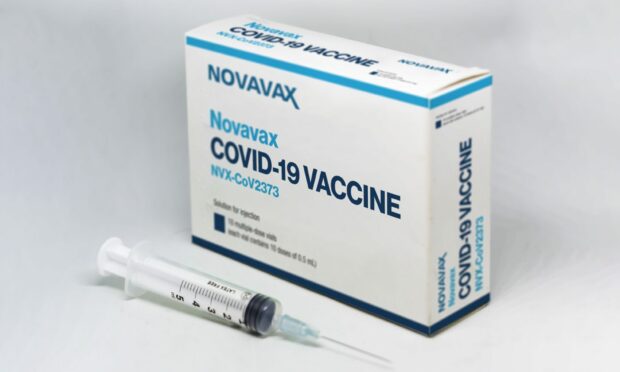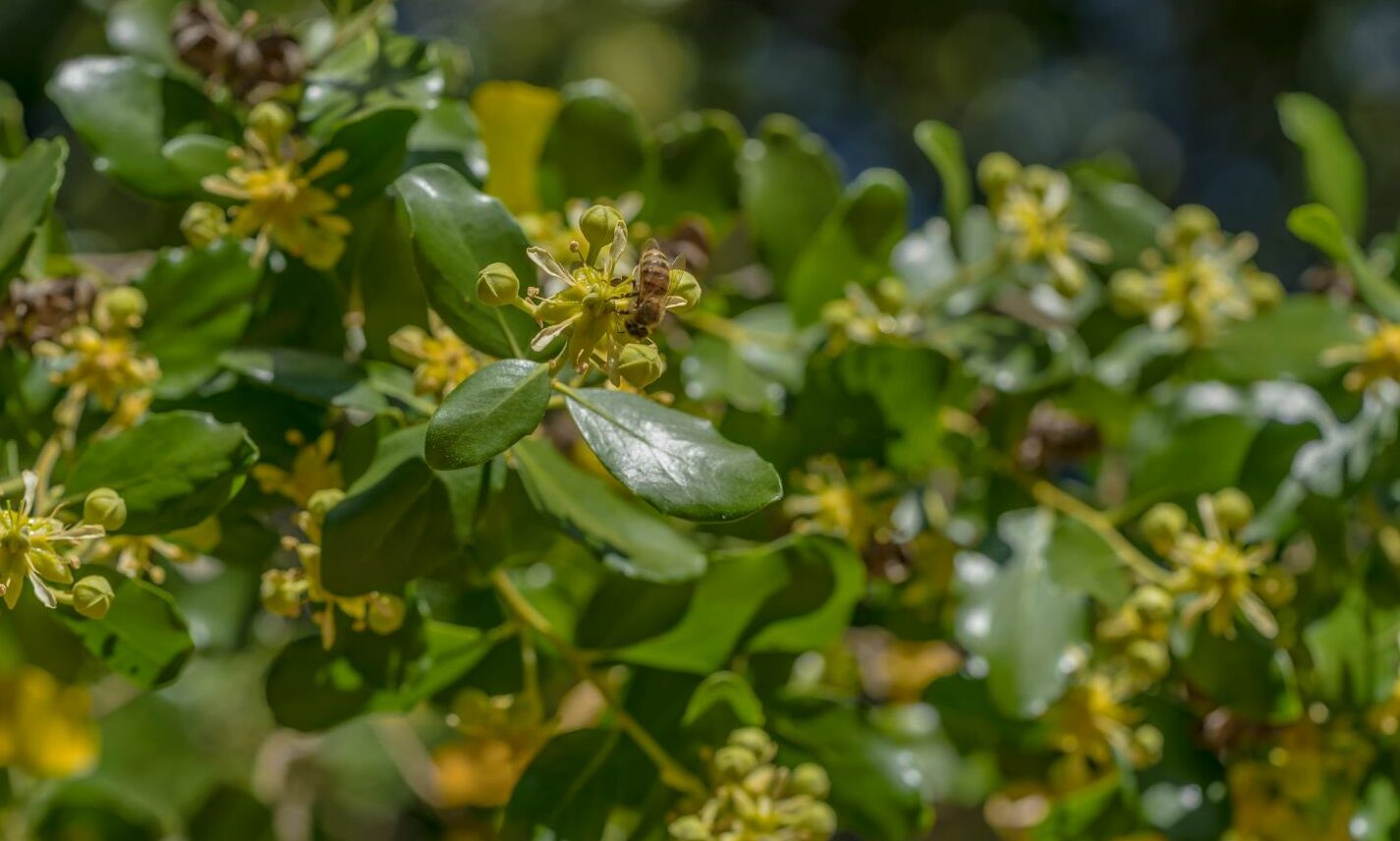The Novavax Covid jab has become the fifth approved for use in the UK, and it works in a completely different way to the others.
Somewhat bizarrely, it involves molecules from a rare tree which only grows in South America, and its creation also involved the immune systems of moths.
More than 430 people from the north-east were part of 50,000 worldwide who took part in a major clinical trials for the jab.
It was found to be 100% effective in preventing “moderate and severe disease” from the coronavirus.
The MHRA has approved it for use in over-18s in the UK under the brand name Nuvaxovid, with 60 million doses pre-ordered.
It works similarly to immunisations for things like flu and whooping cough, and research has shown it could also have fewer side-effects than other Covid jabs.
What makes the Novavax jab different to the others?
There are several types of Covid-19 vaccine which have been approved or are in development.
While they all serve the same purpose – preparing the immune system to fight off the coronavirus – they do so using different methods.
Dr Roy Soiza, who led the Novavax clinical trial in Grampian, explains: “For SARS-CoV-2, the virus that causes Covid, the key element is the spike protein.
“This gives the coronavirus its distinctive ‘crown’, or corona.”
The Pfizer/BioNTech and Moderna jabs expose the immune system to these spike proteins by using messenger RNA.
This is a set of instructions delivered to your cells, showing them how to make the proteins themselves.
Once your body is exposed to the spikes it’s made, it starts producing antibodies to combat them.
The Novavax jab uses a similar method, but cuts out this middle step.
Rather than delivering instructions, it goes straight in with the spike protein itself – again prompting the creation of antibodies against it.
Dr Soiza added: “The vaccines all do the same job, but they differ in their manufacturing and mode of working.”
So where do the moths come in?
Cells from moths were used to help grow the spike proteins used in the Novavax jab.
They put the protein-creating genes into an insect virus, then infected moth cells with them so they’d start growing the spikes, ready for collection.
While it sounds like something from a sci-fi blockbuster, this method of vaccine production has been used for some time to combat the likes of flu, Ebola and HPV.
These jabs just contain the proteins, rather than any genetic material from a moth.
And what role do trees play?
Because the contents of the vaccines are so small, they need extra protection when entering the body.
The mRNA vaccines coat them in a fatty substance to keep them intact, while Novavax uses an extract from the rare soapbark tree.
These evergreens only grow in Chile, and contain one of the most sought-after compounds in pharmaceuticals because they help to boost the body’s immune response.
By adding this adjuvant, it means fewer spike proteins are needed to show the body how to break them down and produce antibodies against Covid.
We’ve produced an in-depth guide to all of the Covid vaccines which have been approved for use in the UK, including how each works and a breakdown of the ingredients lists.


